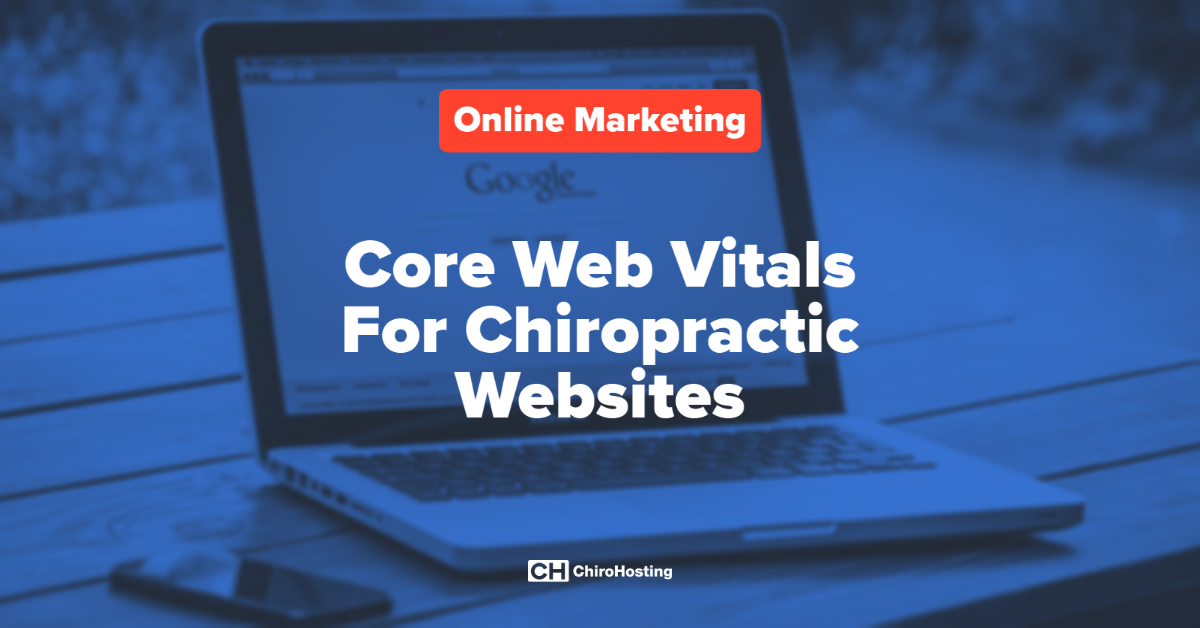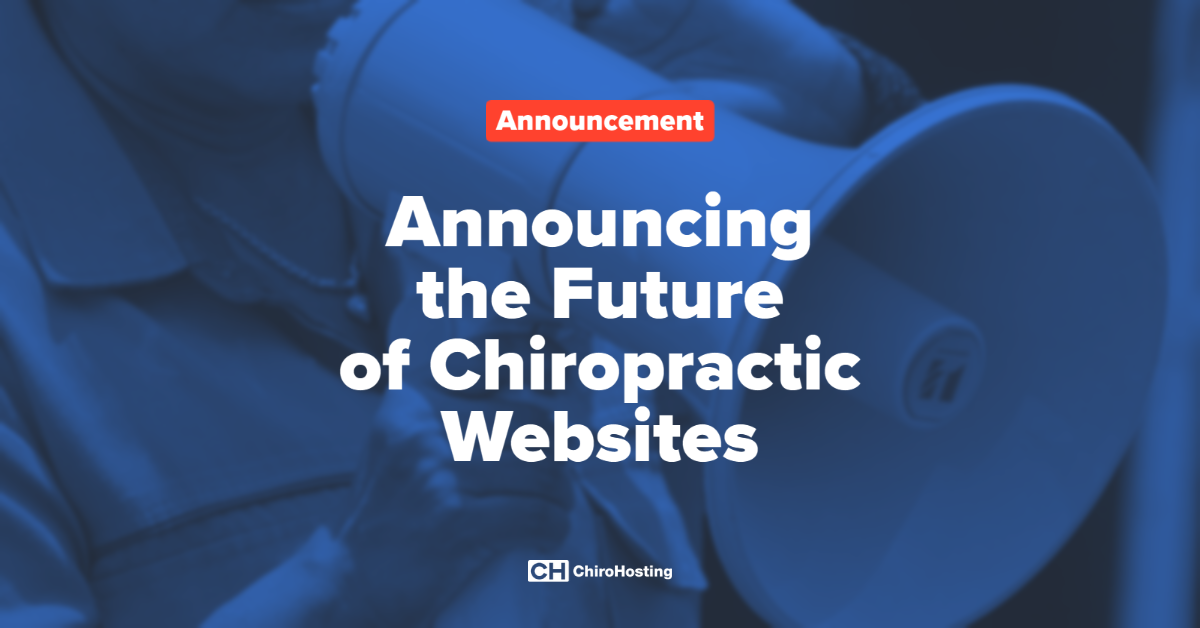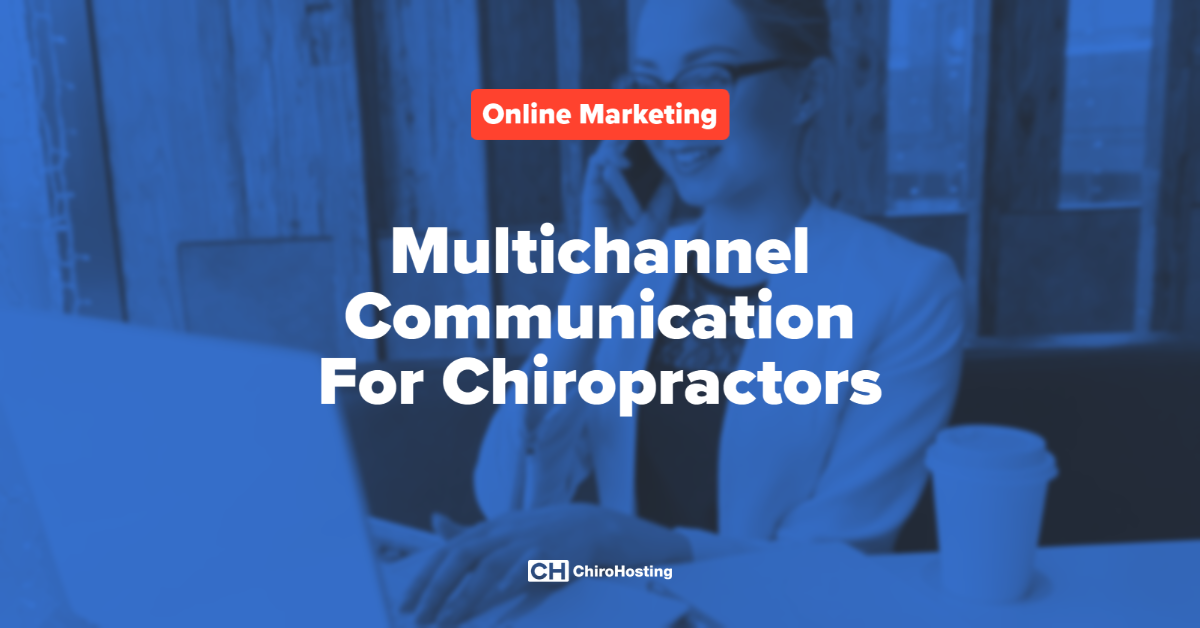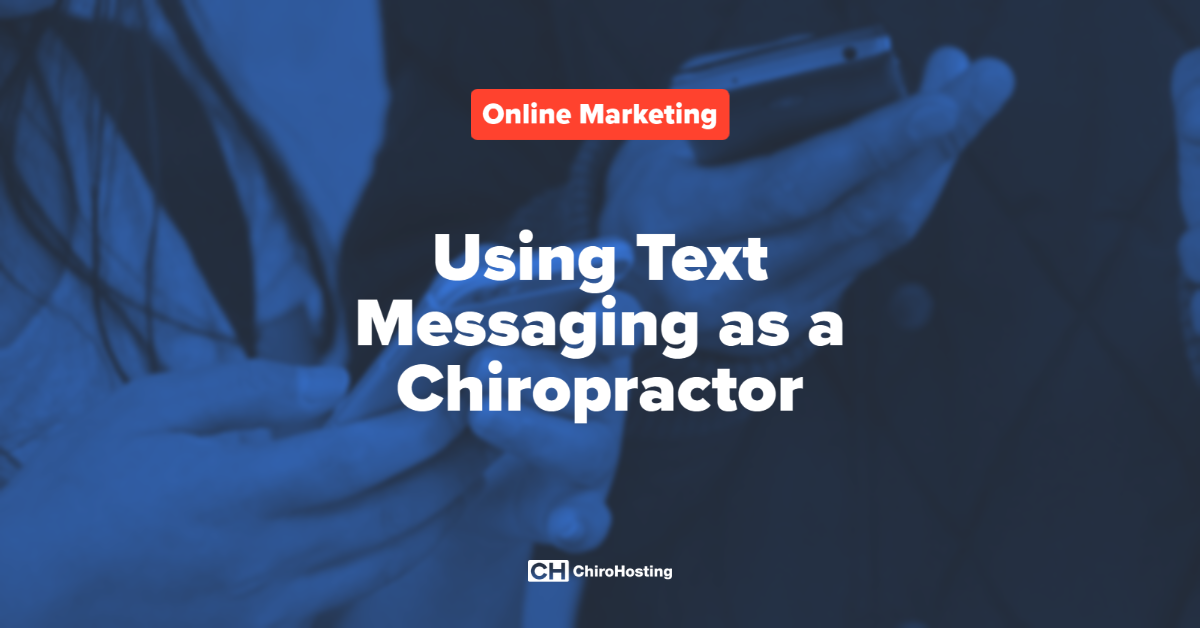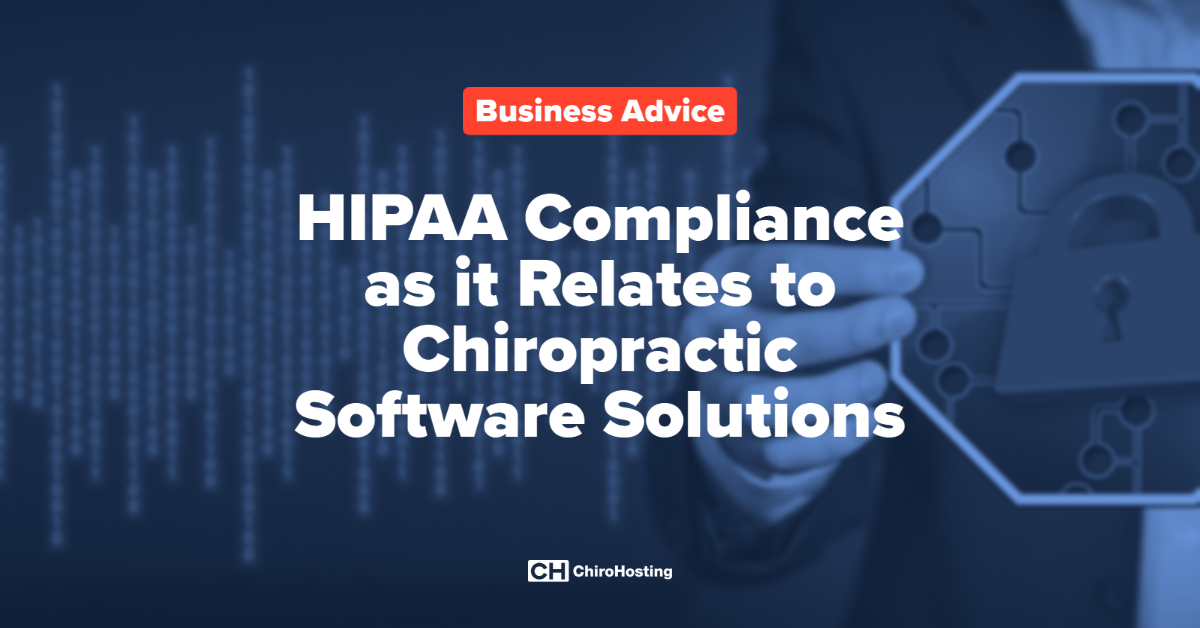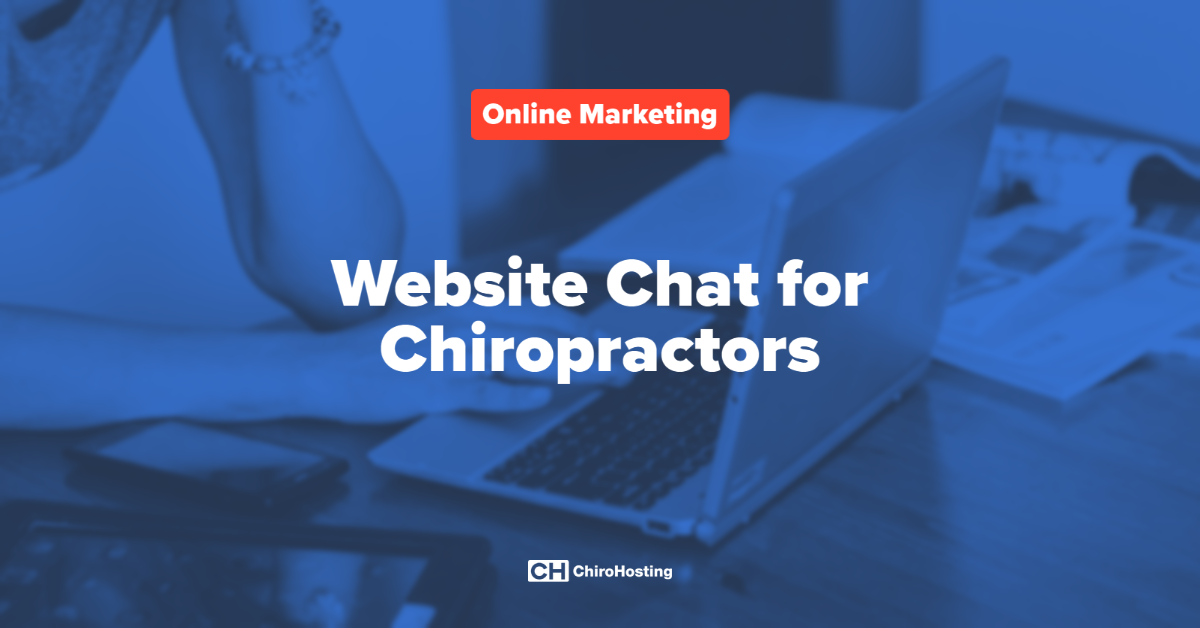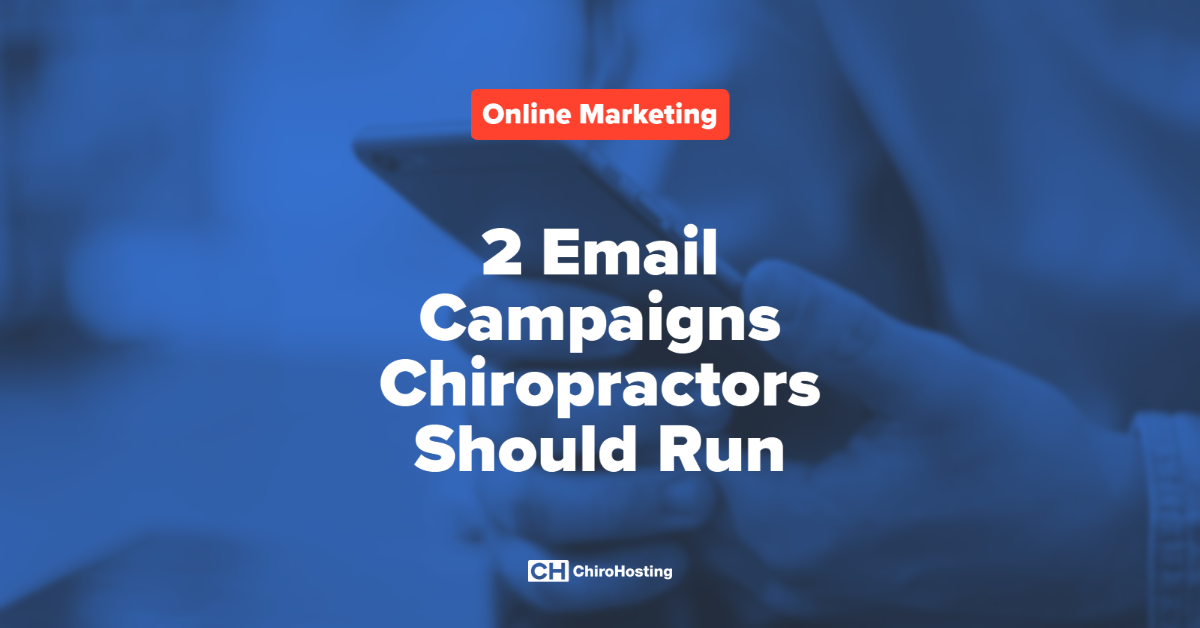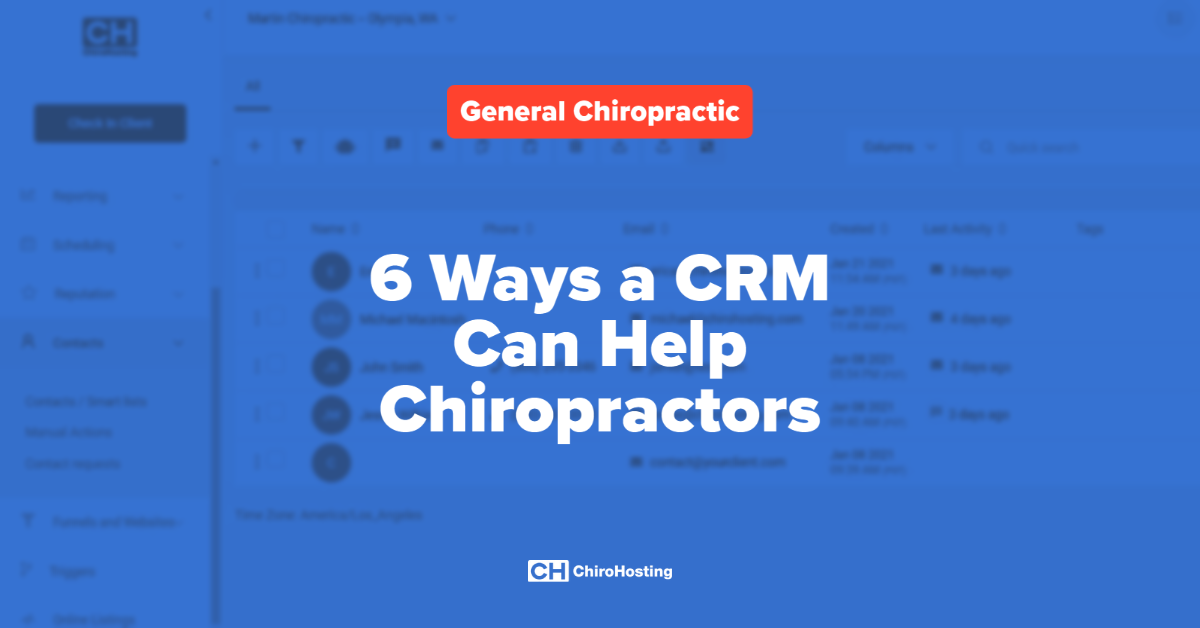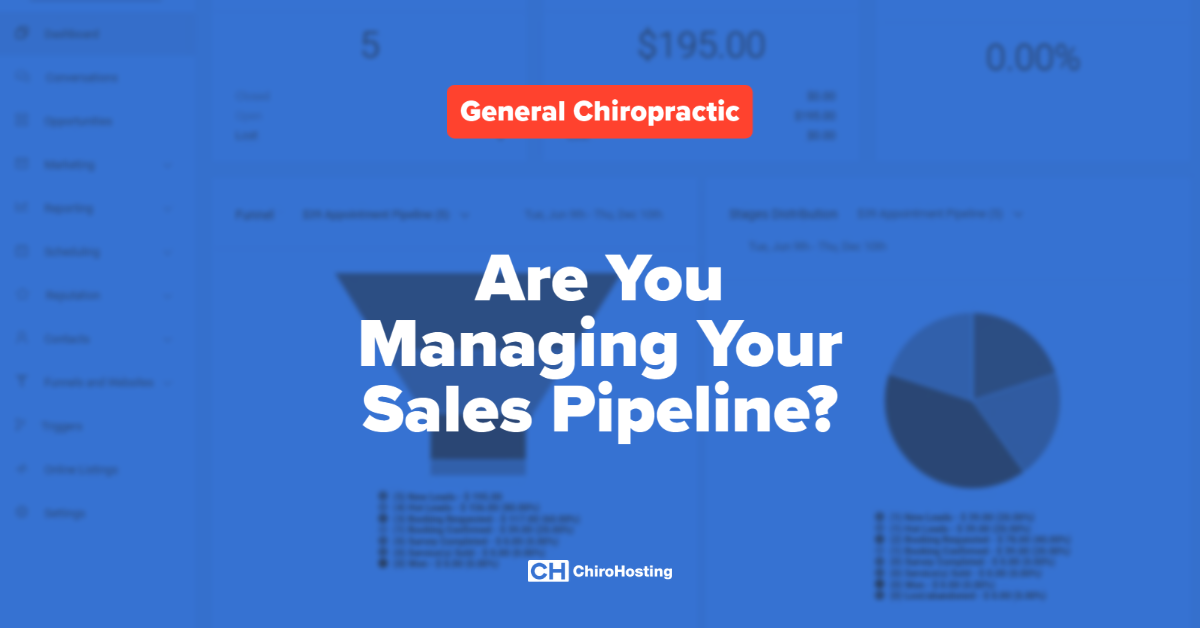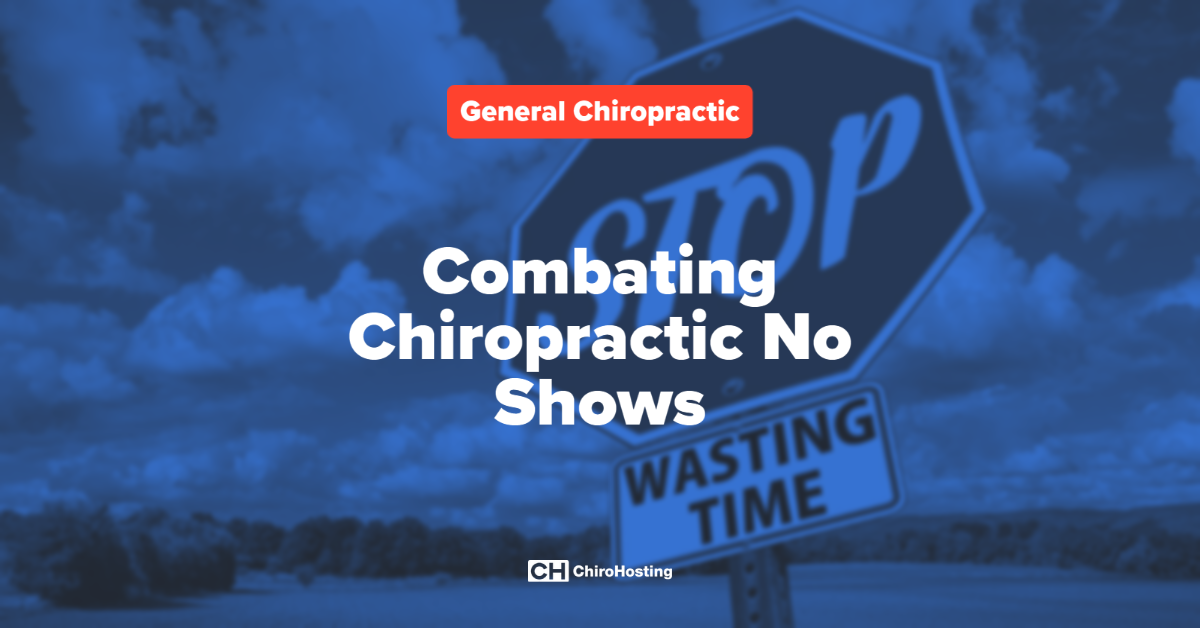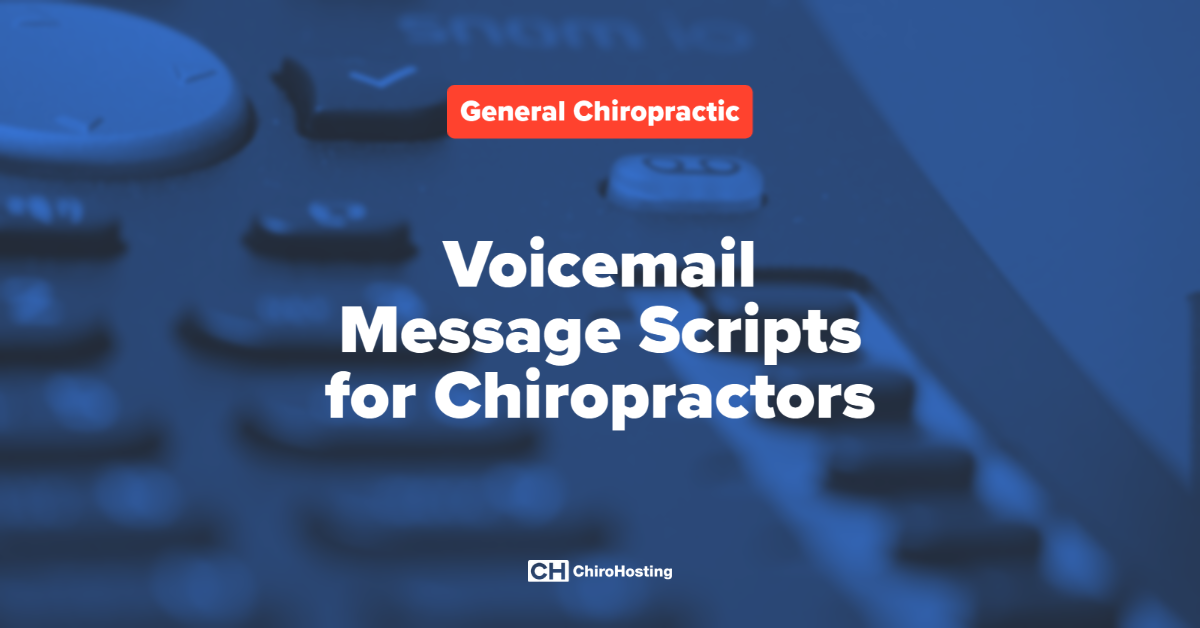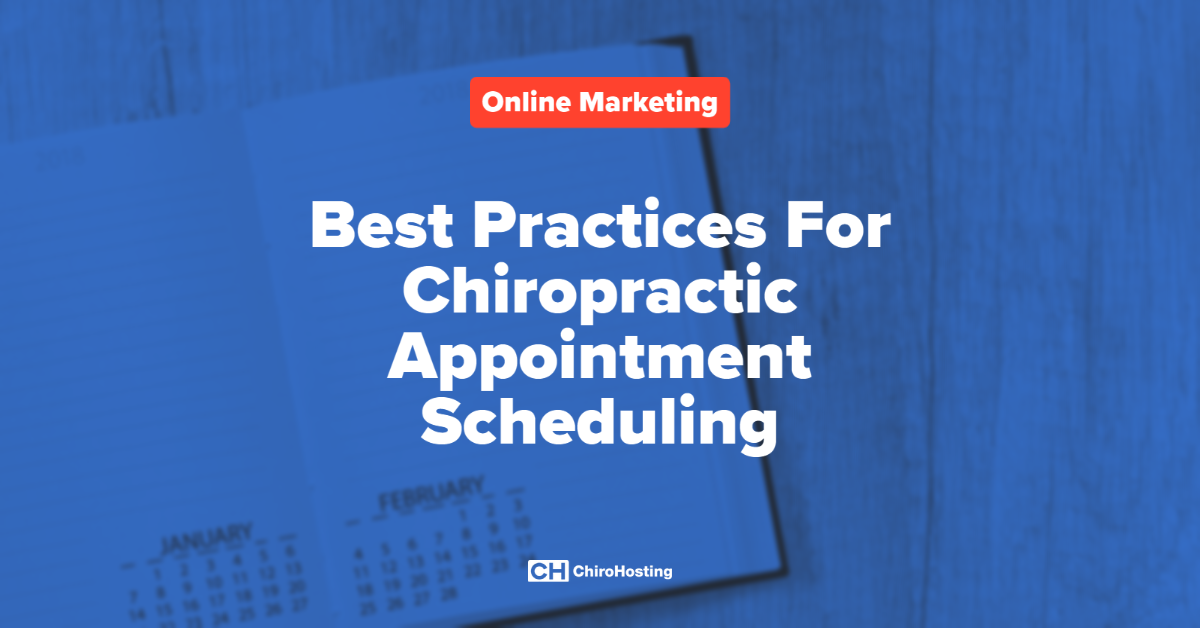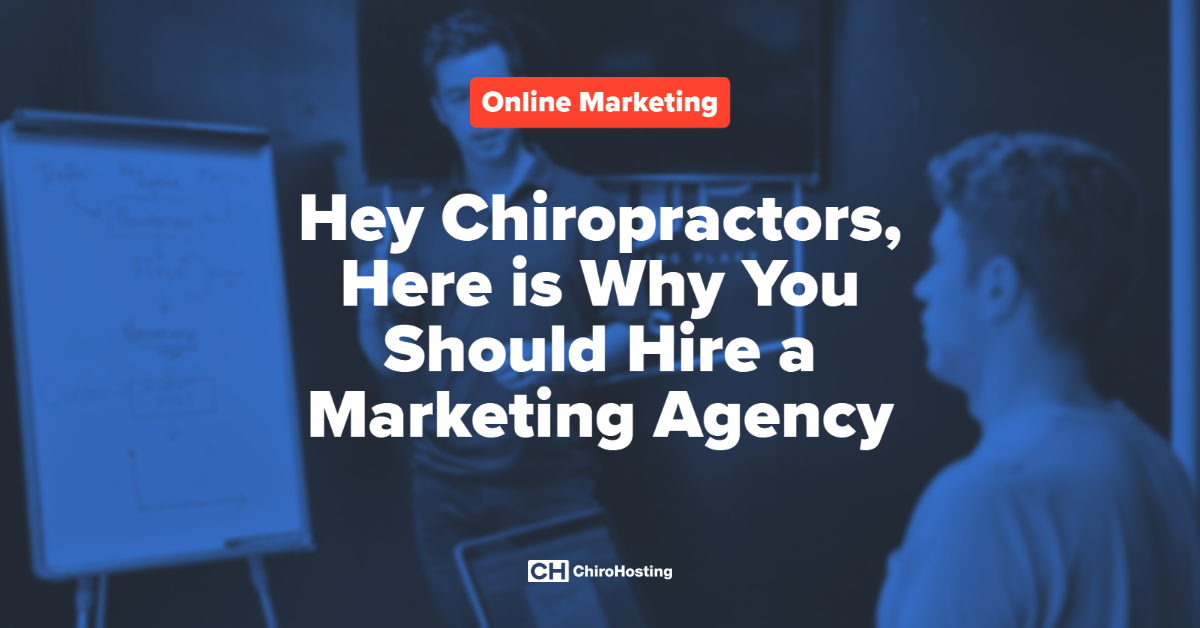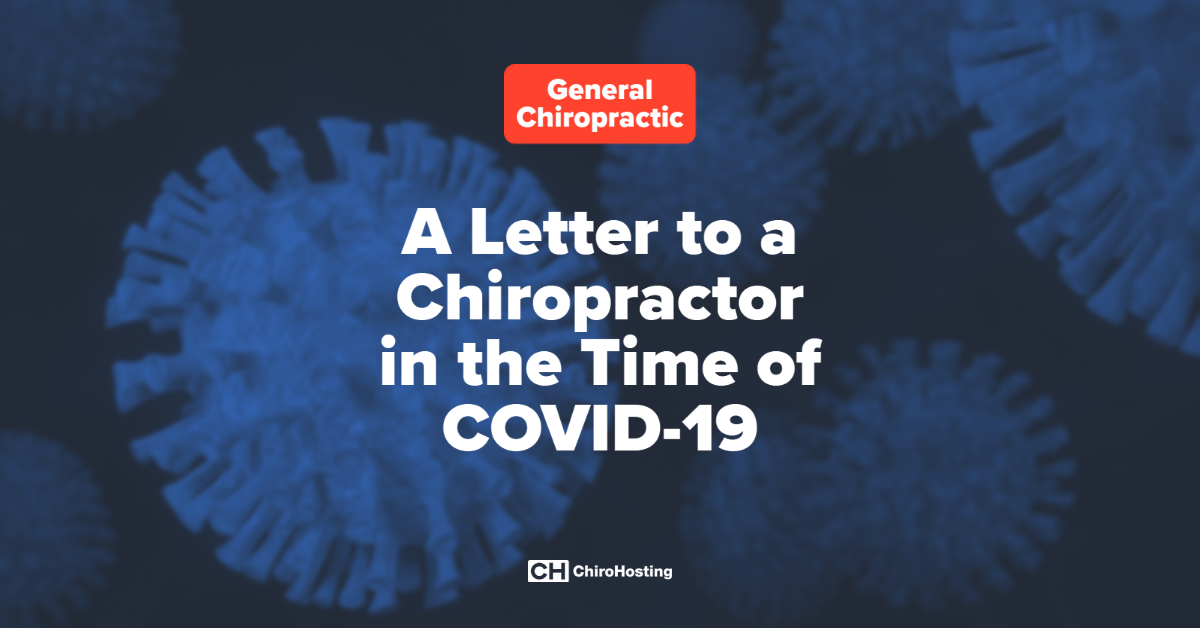
To get your website to rank in Google you need to optimize it by adding new content. Your chiropractic website is your chance to tell the world what you do and why people should call and make an appointment with your office. A beautifully designed website will impress site visitors but the content you add is what will decide when you will be found by search engines. Search engines love crawling new pages and information on your website so the more pages you have indexed the more interested they'll be. This can be a new page that lives in the menu of your website or a blog post. Either method is great, but it needs to be done correctly and optimized for search engines.
What Content Should You Add So it Can be Found?
The content you add should be quality helpful content for your future potential clients to read. Don't just throw up any information for the sake of adding something. Remember you're adding content for the customers who found your site by searching specific keywords like 'chiropractor city, state' or 'sciatica treatment city, state' so you need to have answers to their questions/concerns. Quality content will give them something good to read and then they'll return.
How to Add Quality & Valuable Content
1. Keywords - keywords are the words people type into search engines to find what they are looking for. They identify what your content is all about and should be relevant to what is being searched for.
2. Must be Unique - No Duplicate Content! Duplicate content is when two or more site pages share the same content. Facebook is the avenue to copy and paste guys - not your chiropractic website. Duplicate content makes it hard for search engines to decide which version of the content is more relevant and just confuses them and results in non ranking pages. Unique content is critical for the success of your website.
3. Internal Links - Link a keyword such as 'chiropractor' or 'neck pain' to another page on your site related to that topic. These internal links connect your content and help Google understand the structure of your website.
4. Optimized Title Tag - These are the titles of your web page and are displayed in the SERP (search engine results page) as the clickable headline link pointing to that page on your website. Title tags should be an accurate description of what can be found on that page as they are the users first impression. They are important for SEO and user experience. Title tags should not be too long or keyword stuffed. Good title tags translates to maximum visibility.
Example of a good title tag: ChiroHosting | Chiropractic Websites | Easy & Affordable Hosting
5. Optimized URL - The URL is information used to determine the relevancy of a given web page by search engines.
Example of a bad URL structure: www.example.com/title/67465818
This example does NOT reflect the information that can be found on that web page.
Example of a good URL structure: www.example.com/early-treatment-for-auto-injuries
This URL example is clear and provides valuable information to the search engine. This page will have a better chance of ranking and being found by a future patient.
6. Images - People love to see a nice image inline with the content of the web page they're reading. They should not be too large because this bogs down page speed and you should add something called Alt Text. Alternative text is an attribute added to an image on the back end of the website - they help Google understand what that image is all about. For example - 'migraine treatment city, state'.
Feeling overwhelmed by all of this information? Just too busy to sit down and write up some content? Don't worry, we've got your back. If you need help adding content to your website our online marketing plans will take care of that for you! Give us a call with any questions because we'd love to help you climb to the top of the search engines.



